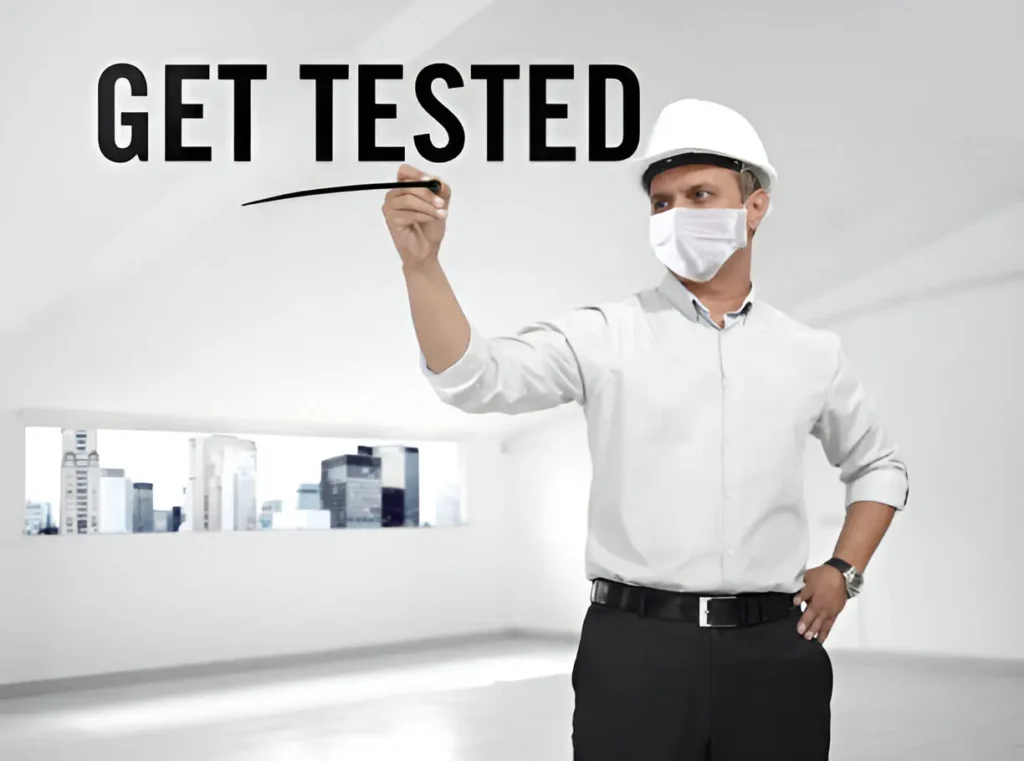- Understand the risks of height-based work and implement safety protocols to prevent accidents.
- Choose the right equipment for the job, ensuring it’s suitable for the specific project requirements.
- Follow safety tips when using boom lifts and other machinery, including proper training and maintenance.
- Prepare for emergencies with a clear response plan and ensure all workers know their roles in handling accidents.
Working at heights presents unique challenges and risks that demand proper planning and precautions. Whether you’re handling a large-scale construction project or a routine maintenance task, safety must be the top priority. Accidents at elevated job sites can lead to severe injuries, making it crucial to choose the right equipment and follow strict safety protocols. In this blog, we’ll explore key safety tips and best practices to help you complete height-based projects efficiently and safely. By understanding potential hazards and using the right construction tools, you can reduce risks and ensure smoother operations.
Understanding the Risks of Height-Based Work
Working at heights involves a range of hazards that can jeopardize the safety of workers and equipment. Falls remain the leading cause of injury in these environments, often due to improper equipment use or insufficient safety measures. For example, even a brief lapse in focus can result in serious accidents. Additionally, the risks increase when workers are operating in poor weather conditions or unstable ground.
Statistics show that height-related accidents are a significant concern across industries, particularly in construction and maintenance. By understanding the risks, you can put preventative measures in place that keep your crew safe and your project on track. Recognizing the potential dangers helps ensure that you make informed decisions when choosing the proper tools and safety protocols for each task.
Choosing the Right Equipment for the Job

Selecting the right equipment is a crucial step in ensuring both safety and productivity in height-based projects. The machinery you choose must be tailored to the specific demands of the job. For example, a large-scale construction site may require different lifting tools compared to a smaller maintenance task. Equipment such as scaffolding is suitable for tasks where stability and stationary work are needed, but for projects that involve reaching varying heights or moving across a site, more dynamic options like boom lifts or scissor lifts are preferable.
Boom lifts are especially valuable for tasks that require both vertical and horizontal reach, providing flexibility in hard-to-access areas. They come in different types, including electric and diesel-powered models, each suited to specific environments. For instance, electric boom lifts are ideal for indoor work due to their lower noise levels and zero emissions, while diesel models are better suited for outdoor projects where rugged terrain and heavy lifting are required.
Another factor to consider is the height and weight capacity of the equipment. Not all machines are designed to carry the same load or reach the same heights, so understanding your project’s specific needs is essential. The construction machines Singapore offer enhanced safety features like automatic leveling, which ensures stability even on uneven ground. By choosing equipment with these built-in safeguards, you reduce the risk of accidents, making the job site much safer.
Taking the time to assess your project’s requirements and matching them with the right machinery can lead to more efficient and safer operations. It’s always wise to consult with equipment providers or rental companies to ensure you have access to the most suitable and up-to-date tools for your needs.
Safe Operation Tips for Boom Lifts and Other Machinery
Once you’ve chosen the right equipment, knowing how to operate it safely is just as important. Boom lifts, in particular, are excellent tools for height-based projects, but they require proper handling to avoid accidents. Operators should always follow safety guidelines, including performing thorough pre-use inspections to check for any mechanical issues. Ensuring that workers are trained and certified to handle the equipment is also crucial in preventing operational mistakes.
Another key safety factor is understanding the load capacity of your boom lift. Overloading or improper balancing can lead to equipment instability, increasing the risk of tipping over. Make sure the load is evenly distributed and within the manufacturer’s recommended limits. In addition, using boom lift rental options that suit your project’s specific requirements can further enhance safety, as you’ll have access to well-maintained and regularly serviced machinery. Routine maintenance checks are vital, as even minor malfunctions can lead to dangerous situations.
Safety Protocols and Best Practices at Job Sites
Safety at the job site goes beyond equipment use; it’s about creating an environment where risks are minimized through careful planning and clear communication. Every height-based project should begin with a thorough safety briefing, ensuring that all workers understand the risks, the safety protocols, and their responsibilities. Personal protective equipment (PPE) like helmets, harnesses, and gloves must be worn at all times, especially when operating heavy machinery or working near edges.
Another essential practice is setting up proper barriers and signage around the work zone. This helps prevent unauthorized personnel from entering hazardous areas and keeps the work environment organized. Supervision is key to maintaining safety throughout the project, so appointing a safety officer to monitor compliance and address issues promptly can help avoid accidents. Regular safety drills and training sessions keep your team prepared and alert, making sure everyone knows how to respond to emergencies swiftly and effectively.
Monitoring and Responding to On-Site Emergencies
Even with the best precautions in place, emergencies can still occur on job sites, especially when working at heights. Being prepared to handle these situations is essential to minimizing damage and protecting your team. One of the first steps is to have a clear emergency response plan in place. This plan should outline what to do in case of an equipment malfunction, fall, or other accidents. Every worker needs to be familiar with the plan and their role in it.
Communication plays a key role in any emergency. Equip your team with radios or mobile devices so they can quickly call for help if needed. In addition, it’s crucial to have a first-aid kit readily available and ensure that multiple workers are trained in basic first-aid procedures. Quick responses can make a significant difference in the outcome of an emergency, especially when time is critical in height-related accidents, and CPR and First Aid training can be crucial in such situations.
Conclusion
Height-based projects demand careful planning, the right equipment, and strict safety protocols to ensure success. By understanding the risks and using proper lifting machinery like boom lifts, you can create a safer work environment for your team. Following best practices in equipment handling, setting up protective barriers, and preparing for emergencies will keep operations running smoothly and minimize the likelihood of accidents.
Remember, safety should always be the top priority when working at heights. With the right preparation and tools, you can complete your project efficiently while safeguarding your crew.
Also Read – The Ultimate Guide To Setting Up Your New Restaurant
